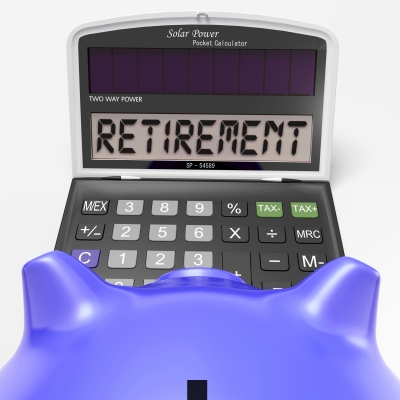How Did the U.S. Stock Market Perform in 2016?
Regular readers of Savings Beagle are familiar with my quarterly stock market recaps in which I discuss the market returns for the previous quarter.
This piece will not only take a look at returns from the 4th quarter of 2016, but for the year as a whole.
And, as I always mention, these recaps aren’t provided to show exactly how the stock markets are doing, rather, they’re an illustration of a big picture economic situation that makes saving money so vitally important for all.
Stock market returns should be of interest to everyone, even if you don’t personally own a single stock.
Often, people don’t connect that IRAs, 401(k)s and other retirement accounts are made up of stocks.
And almost never is it considered that public and private pension plans rely on solid investment returns, much of which come from stocks, to ensure they’re able to meet future obligations.
I’ve written how pensions normally require 7-8% investment returns annually to guarantee the payments they’ve promised.
And if you’ve ever used a retirement calculator (which is what many financial advisors enlist to help guide their advice) those, too, rely on a 7-8% annual return for the long-term calculations they provide.
With that out of the way, let’s take a look at how the markets did in the fourth quarter of 2016.
The Dow Jones Industrial Average, during the period October 1, 2016 – December 31, 2016, was up 1,454.45 points, or a laudable 7.94%.
The S&P 500 for that same period was up 70.55 points or 3.25%.
 And the Nasdaq was up 71.12 points or 1.34%
And the Nasdaq was up 71.12 points or 1.34%
So, how did the market do for all of 2016? Surprisingly, considering the first half of the year showed limited gains, it faired pretty well.
For all of 2016, the Dow Jones Industrial Average was up 2,337.57 points or 13.42%.
The S&P 500 was up 194.89 or 9.54%.
The Nasdaq was up 375.71 points or 7.50%.
A positive year to be sure.
Unfortunately, the bright news associated with the stock market doesn’t translate to all areas.
In my 2016 second quarter recap, I included a few links to articles highlighting the very serious problem public (government) pension plans are facing.
The article, “Largest U.S. Pension Fund Suffers Worst Annual Return Since Financial Crisis Due to Heavy Stock Losses,” discusses how the California Public Employees’ Retirement System (Calpers) failed to hit its internal investment target for the second straight year.
And while 2016’s market returns will help move Calpers’ investments in the right direction, it will not make up for previous lost ground. Only many years of greater than 8% investment returns will do that.
Since my last quarterly recap, reports have shown the Dallas Fire and Police Pension Fund to be woefully underfunded.
Which, unfortunately, is not an isolated situation. Many government pension plans in the U.S. are facing a similar fate.
In an article in The Texas Tribune titled, “Billions in Pension Shortfalls Threaten Texas Cities’ Budgets,” the dire fiscal situation of not only Dallas, but Austin, Houston and San Antonio as well is discussed.
Brandon Formby, the article’s author writes, “However, there could be some common contributing factors [to the pension shortfalls]. The recession hit several public pension funds especially hard. To shore up ailing budgets during those years, many government entities stopped or reduced their contributions to pension funds, worsening financial problems. Meanwhile, some funds overestimated growth rates, which compounded the situation even more.”
He goes on to state, “For instance, Dallas reported a 5.4 percent growth rate that would put its shortfall at $5.4 billion. But Moody’s found the city’s pension fund was growing at a rate of 3.95 percent at the end of 2014. It calculated a higher shortfall of up to $7.6 billion.”
One year of solid stock market returns will, unfortunately, not address the looming financial crisis many pension plans find themselves in.
And even if you have no connection to a public pension fund, the increased taxes that will be needed to shore them up will surely be felt by you and your family.
So, as I usually do at the end of each quarterly recap, I reiterate how vital it is to take a more active role in saving for your future, and not expect government plans, be they public pensions, Social Security or Medicare/Medicaid to remain in their current form in the years to come.
The promises have been too great and the funding less than adequate.
No question, saving money is difficult, but we at Savings Beagle are here to help.
Finding deals and passing along tips that will keep more of your own money in your pocket is why we’re here.
So, if you haven’t already, bookmark our site, follow us on Facebook, join us on Twitter or subscribe to our posts to ensure you receive every savings opportunity we’re able to pass along.
market charts courtesy of morningstar.com
image courtesy of cooldesign at freedigitalphotos.net








